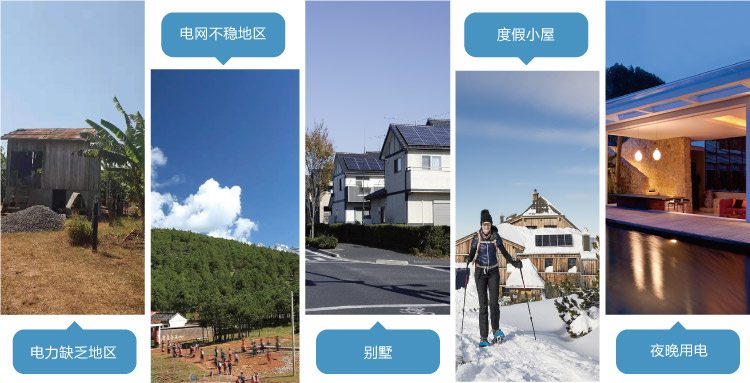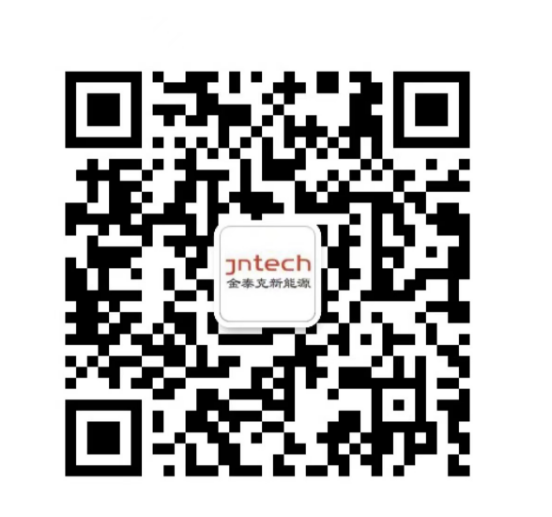 O sistema de armazenamento de energia da microrrede da aldeia
O sistema de armazenamento de energia da microrrede da aldeia
Aug 12, 2024
O sistema de armazenamento de energia da microrrede da aldeia é um sistema de energia pequeno, flexível e confiável, projetado especificamente para áreas rurais. Integra fontes de geração distribuída (como painéis solares fotovoltaicos, turbinas eólicas, etc.), dispositivos de armazenamento de energia (como baterias, supercapacitores, etc.), dispositivos de conversão de energia, cargas e dispositivos de monitoramento e proteção, formando um sistema autônomo capaz de de autocontrole, proteção e gerenciamento. Este sistema visa resolver questões como o fornecimento de energia instável e os elevados custos de electricidade nas zonas rurais, melhorando os níveis de electrificação rural e promovendo a utilização de energias renováveis.II. Componentes do sistema Fontes de Geração Distribuída: Principalmente painéis solares fotovoltaicos e turbinas eólicas, essas fontes são limpas e renováveis, reduzindo a dependência de fontes de energia tradicionais.Dispositivos de Armazenamento de Energia: Utilizados para armazenar energia elétrica gerada por fontes de geração distribuída para liberação quando necessária. A escolha de dispositivos de armazenamento de energia depende de requisitos específicos do sistema e de considerações de custo, com opções comuns incluindo baterias e supercapacitores.Dispositivos de conversão de energia: Incluindo inversores e retificadores, esses dispositivos convertem a energia elétrica gerada por fontes de geração distribuída em uma forma adequada para uso na rede da aldeia.Cargas: Referem-se a vários dispositivos eléctricos dentro da aldeia, tais como iluminação, electrodomésticos e irrigação agrícola. O sistema realiza agendamento inteligente com base na demanda de carga para garantir um fornecimento de energia confiável e econômico.Dispositivos de monitoramento e proteção: Utilizados para monitorar o status operacional do sistema em tempo real, incluindo tensão, corrente, potência e outros parâmetros, e tomar medidas oportunas de proteção em caso de falha, garantindo a operação segura e estável do sistema.III. Vantagens do sistema Maior confiabilidade do fornecimento de energia: O sistema de armazenamento de energia da microrrede da aldeia pode fornecer energia de emergência durante falhas ou interrupções na rede, garantindo o fornecimento contínuo de energia para a aldeia.Custos de eletricidade reduzidos: Ao utilizar energias renováveis e tecnologias de armazenamento de energia, reduz a dependência das redes tradicionais, reduzindo assim os custos de eletricidade.Promove a utilização de energia renovável: O sistema aproveita de forma eficiente a energia solar, eólica e outras fontes de energia renováveis, diminuindo a dependência de combustíveis fósseis e reduzindo as emissões de carbono.Eficiência aprimorada na utilização de energia: por meio de agendamento inteligente e gerenciamento otimizado, melhora a eficiência da utilização de energia e reduz o desperdício de energia.
CONSULTE MAIS INFORMAÇÃO

 Português
Português English
English Français
Français Deutsch
Deutsch Русский
Русский Italiano
Italiano Español
Español عربي
عربي 日语
日语 ไทย
ไทย






 IPv6 REDE SUPORTADA
IPv6 REDE SUPORTADA
